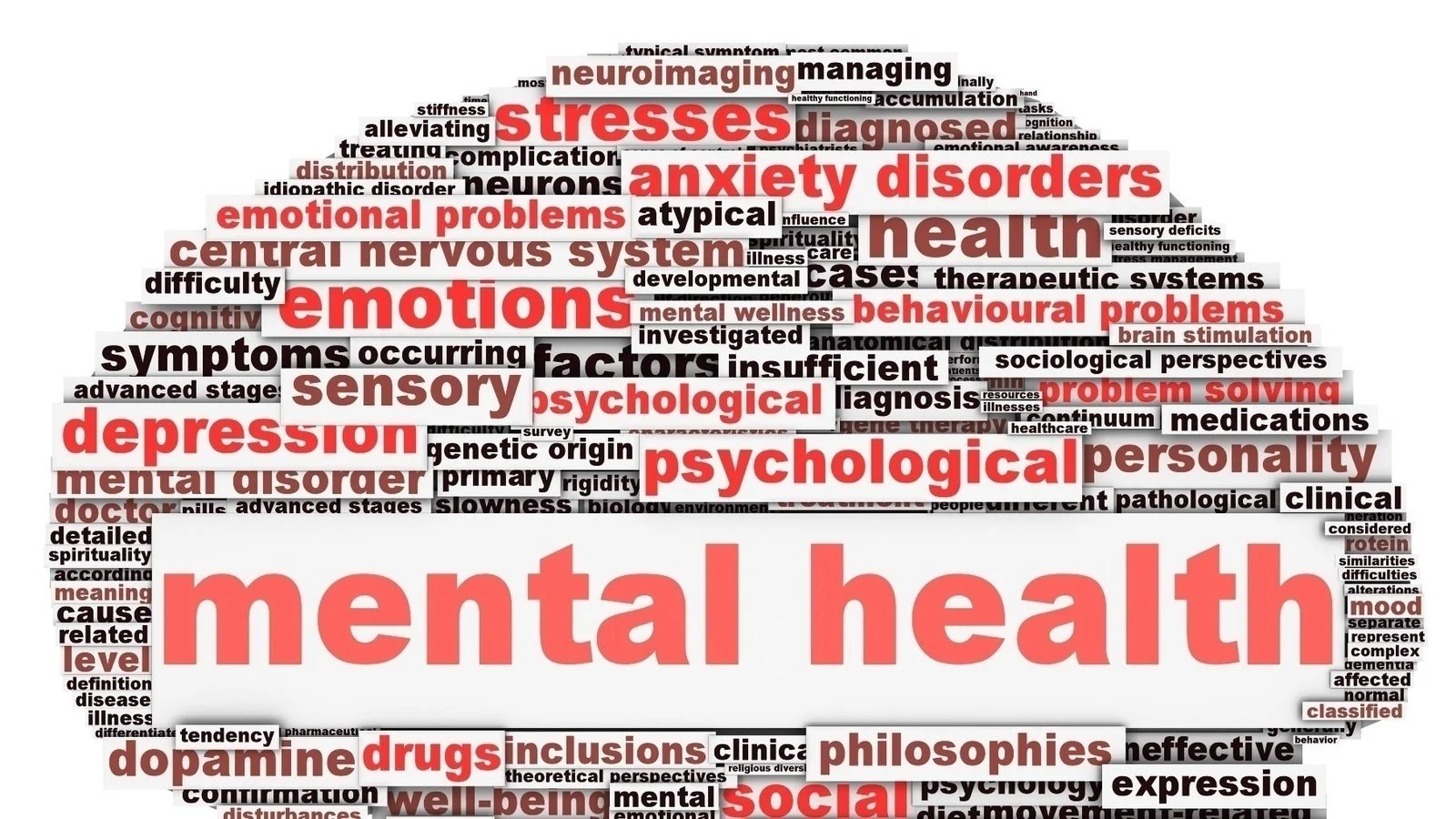How we think, feel and behave is ultimately distorted by mental illness. While most of us lump it into one category, the fact is much more expansive, covering dozens of separate disorders. Getting to know the big groups of mental illness may help you to notice when you should get professional help, such as from psychiatry near me or Sagamore Hills therapist you trust.
Major Categories of Mental Illness
The Most Common Types of Mental Health Disorders Here are the most common mental health disorders:
Anxiety Disorders
These specific disorders are generalized anxiety disorder, panic disorder, social anxiety, and specific phobias. People might suffer from chronic worrying and being afraid that interfere with normal functioning.
Depressive & Bipolar Disorders
Depressive disorders (like major depression or persistent mild depression) are characterized by long-term “down” feelings, the loss of interest in once enjoyable activities and tiredness.
Bipolar conditions consist of highs and lows and highs and lows that interfere with function.
Obsessive‑Compulsive & Related Disorders
Obsessive‑compulsive disorder (OCD), hoarding and body dysmorphic disorder are conditions in which individuals experience intrusive thoughts and in response they carry out repetitive actions to relieve their anxiety.
Trauma- and Stressor‑Related Disorders
That group covers post-traumatic stress disorder (PTSD) and adjustment disorders — the distressing emotional reactions that can follow traumatic events.
Personality Disorders
And they are things we routinely have, patterns of thinking and behavior that sabotage relationships and cause suffering. They are organized into clusters of paranoid/odd, dramatic/erratic, and anxious/fearful.
Psychotic Disorders & Schizophrenia Spectrum
These conditions — such as schizophrenia — are characterized by things like hallucinations, delusions, and disorganized thinking that make a person’s sense of what is real quite difficult to hold on to.
Neurodevelopmental Disorders
— Thought, language and movement disorders: AMD is diagnosed in childhood, ADHD, autism spectrum disorders, and learning disabilities which impact behavior, language skills, attention.
Neurocognitive Disorders
These encompass a loss of cognitive function — memory, judgment and others — and conditions like Alzheimer’s disease and other dementias.
Dissociative Disorders
These disorders (like DID and depersonalization factor GiS) are defined by altered states of identity, memory, or consciousness– frequently in the wake of trauma.
Somatic Symptom & Related Disorders
Here, people have physical symptoms — pain or fatigue or something worse — that cannot be explained by medical disease, that are painful and debilitating, but which are due at least in part to emotional distress. The roots can be emotional and stress related.
Feeding & Eating Disorders
Diseases such as anorexia, bulimia, and binge‑eating, are characterised by severe disturbances in eating behavior and body image that have profound physical and psychological effects.
Substance‑Related & Addictive Disorders
These include dependence on substances (such as alcohol or drugs) or behaviors (like gambling). Good treatment involves therapy, medication and support groups.
When to Seek Professional Help
If you are experiencing one or more of the following symptoms, it is worth seeking some support:
- Experiences of continued anxiety, fear, or unhappiness
- Mood Swings or Continuously Feeling Down Being super all over the place with moods and depression for a long time.
- Obsessive thoughts or actions that interfere with daily life
- Confusion as to what is real and what is internal thoughts
- Recent difficulty with attention, concentration or social interactions
- Physical complaints without appropriate medical explanation
Finding psychiatry near me can be the first step in pursuing an accurate evaluation and receive appropriate medication, and a Sagamore Hills therapist can be found to help guide you through the different treatment options, as well as help with supportive psychotherapy.
Why Understanding This Matters
Understanding the distinctions among mental illnesses can reduce stigma and encourage early, appropriate treatment. Many of the conditions appear to be comorbid, or occur together — such as anxiety and depression — and professional diagnoses are key. Treatments based in evidence, such as cognitive behavioral therapy (CBT), dialectical behavior therapy (DBT), exposure therapy, and medications, can significantly enhance overall quality of life.
Final Thoughts
Mental illness is not a one-size-fits-all notion. It is a diverse term that has a range of symptoms and treatment plans associated with it. Whether you’re thinking about psychiatry for a clearer diagnosis or therapy to make you feel less alone, there are resources out there. With the right support and early treatment, recovery and better health are definitely possible.









